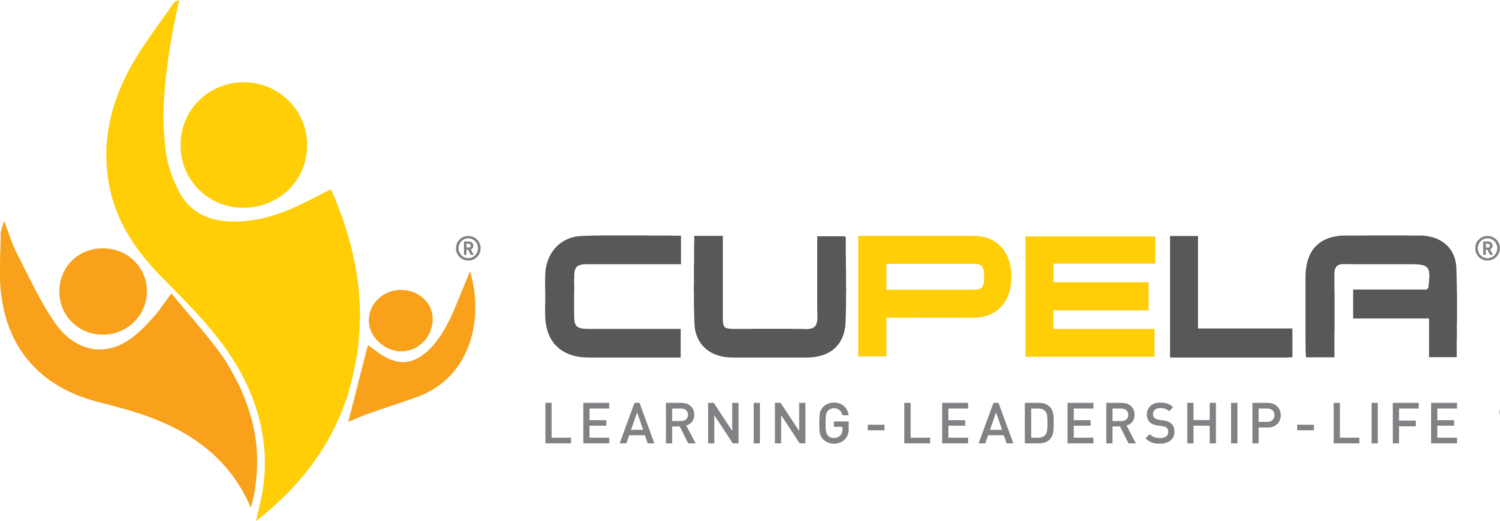Engaging the Senior Management for Effective Results
It is a widely known fact that as you move up the corporate ladder, things tend to get lonely. Managers and the C-level of every organization are consistently instilled with the importance of employee engagement, more so today than ever before. But these leaders themselves often go unacknowledged in the process of making sure that employees are happy. Being a leader is tough and what many organizations do not fully understand is that effective engagement needs to start at the top to achieve maximum results. So, how can an organization ensure that the senior management stays engaged?
Motivate Your Leaders too!
Everyone gets stuck in a rut, feels like giving up on problems, or simply gets saturated with work. It is the team’s job to uplift leaders to rise out of the funk. Employees and the HR team together can initiate such processes by first identifying both the triggers that motivate leaders, and those that cause excessive stress. You know your leader best, you know what makes them tick and what ticks them off. Getting together with the entire team and pro-actively finding solutions to problems that are exhausting your leader’s patience and time, can be a massive show of support to someone who already has a lot on their plate.
Additionally, just as all employees rightfully expect appreciation and credit where it is due, this must be carried over to leaders, no matter how senior. Appreciate what they do for you and the organization in a committed and sincere manner. This does not always have to be through a grand ceremony or gesture – it can also be in the seemingly small yet meaningful ways. For instance, after the completion of a big project where you know your leader has worked tirelessly, the HR team can prescribe a day off, or even employ someone to do a professional spa treatment or a meditation session – anything that could help to unwind, while also filling your leader with a sense of acknowledgement and motivation.
Humanize Them
Perhaps the most straightforward approach, and one where the HR team’s involvement is imperative, is to include members of the senior management in various engagement activities that are conducted in the organization. Leaders are often reluctant to participate in such events because they either do not have the time or because they are hesitant to intrude upon what is perceived as “employee time”. This can be changed in gradual steps. You could organize a leaders’ retreat or offsite where for once the C-level members of the organization do not have to think of managing others or of giving presentations and making decisions.
Apart from such gestures, the HR team can also practice more long-term approaches, like putting in place a system for periodic days off, occasional days to spend with the family or even alone time spent in the individual’s choice of recreation or relaxation. Such strategies will help your leaders achieve a work-life balance, thereby creating a healthy work culture in the entire organization.
Focus on Intrinsic Motivation
Leaders are so bogged down by the bigger picture and growth of the company that they often don’t get recognized as people – For who they are, what they bring to the table, and how they contribute to building up the company every day. Also, what motivates them might be different from what motivates managers. For instance, exclusivity is a priority for a C-Suite member while for a manager, engagement is of topmost priority. Often the senior management channels their personal missions through the activities of the organization. This could be through inclusive hiring policies, CSR initiatives, and even sensitisation programmes and workshops for the company. Here it is important for employees to understand and thus align with the ideology of the senior leadership to better support them in their endeavours.
Ask your senior leaders what their mission is, and possibly how you can as a team help to achieve it. Once you know this, it is possible to create a plan tailor made to the mission and execute it, thereby helping your leader move one step closer to the goal. Just like every other individual in the organization, members of the senior leadership want to experience personal growth and require encouragement to achieve the same.
Executives attempt to lead the way in every aspect, from ownership and accountability to time management and commitment. In the process, their understanding of their own needs in terms of personal development, work enhancement and continuous learning can take a back seat. C-level employees need to introspect on where they stand in such aspects, and prioritize their own growth just as much as their employees’ growth. In this, the HR team has a huge role to play – for they are the ones who can bring these elements to the attention of the leaders.
This article first appeared on Entrepreneur India.

